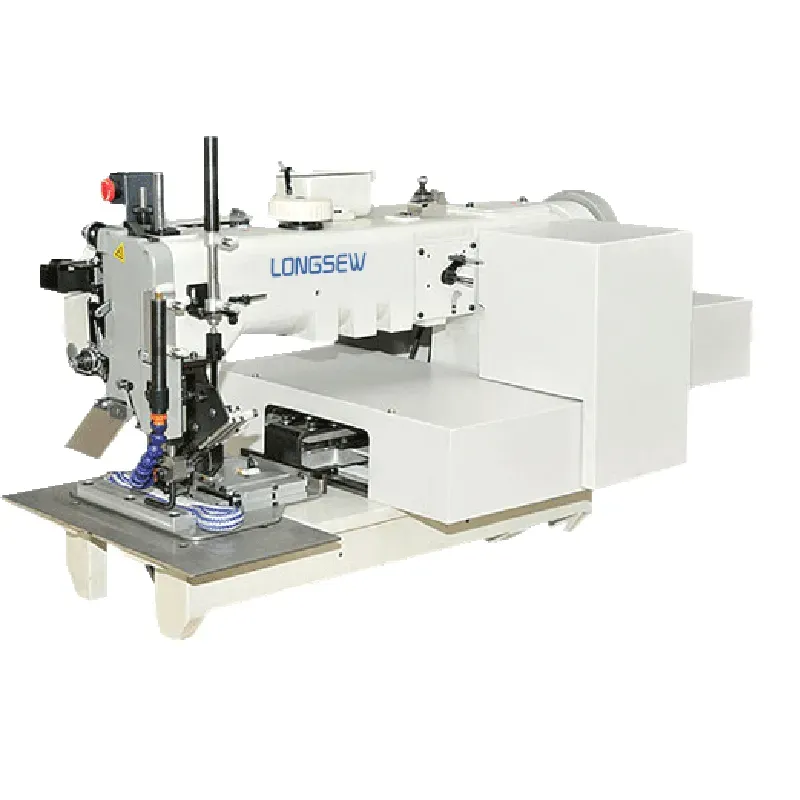sewing heavy fabric
Sewing Heavy Fabric A Comprehensive Guide
Sewing with heavy fabrics can be both a rewarding and challenging experience for crafters and enthusiasts alike. Heavy fabrics, such as denim, canvas, upholstery, and heavyweight cotton, offer durability and structure to the pieces you create, but they also require special techniques and tools to handle effectively. Whether you’re making bags, curtains, or clothes, understanding the nuances of sewing heavy fabric will enhance your sewing projects and ultimately lead to professional-looking results.
Choosing the Right Tools
When sewing heavy fabrics, the right tools are essential. Firstly, consider your sewing machine. While many standard machines can handle medium weight fabrics, they might struggle with heavier materials. If you frequently work with heavy fabrics, investing in a heavy-duty sewing machine may be worthwhile. These machines are designed to handle thicker layers and often feature stronger motors, which provide greater torque.
Additionally, use a heavy-duty needle, preferably a size 90/14 or 100/16, as these needles can penetrate thick fabric more easily without causing damage. You may also want to choose a needle type that’s specifically designed for the fabric you’re using; for instance, a denim needle is ideal for sewing through multiple layers of denim.
Preparing Heavy Fabric
Before you start sewing, it’s vital to prepare your heavy fabric properly. Pre-washing is an important step, especially if the fabric is prone to shrinkage. Washing and drying the fabric will help set the fibers and prevent any future mishaps. After washing, pressing your heavy fabric is crucial for accurate cutting and sewing. Use a hot iron and steam to remove any wrinkles, which will help you achieve precise seams.
When cutting heavy fabric, ensure your scissors or rotary cutter are sharp to handle the thickness. It’s advisable to cut multiple layers at once by stacking them neatly. Additionally, use weights or clips instead of pins to hold the fabric in place, as pins can leave marks or distort the fabric. Clover Wonder Clips or similar clips are excellent for this purpose.
sewing heavy fabric

Techniques for Sewing Heavy Fabrics
Sewing heavy fabric requires different techniques than standard garment sewing. First, consider using a straight stitch for seams as it provides strong and durable seams that can handle stress. If the fabric requires extra reinforcement, you can use a zigzag stitch for stretch or a triple stitch for added strength.
When it comes to seam allowances, make sure to use wider seam allowances than usual; this will help to stabilize the fabric and prevent fraying. Once you’ve sewn your seams, finish the raw edges to keep your project looking neat. A serger is ideal for this task, but you can also use a zigzag stitch on the edges if you don’t have one.
Managing Thickness
One of the primary challenges when sewing heavy fabric is managing the thickness at points where multiple layers come together, such as seams, hems, and corners. Using a walking foot or a Teflon foot can significantly help as these feet prevent the fabric from shifting and create even feeding while sewing.
For hems, consider using bias tape to finish the edges neatly. This technique allows you to wrap the edges without worrying about handling bulky layers. Additionally, when sewing corners or curves, use notching or clipping techniques to reduce bulk, which allows the fabric to lay flat and maintain a professional appearance.
Conclusion
Sewing heavy fabrics presents a unique set of challenges, but with the right tools, preparation, and techniques, you can create beautiful and durable projects. By understanding the properties of heavy fabrics and adjusting your sewing approach accordingly, you’ll be well on your way to mastering this rewarding craft. Whether you’re a seasoned sewer or just starting, embrace the opportunity to work with heavy fabrics—your creations will surely stand the test of time. Happy sewing!
-
Industrial Cylinder Arm Sewing Machine: Revolutionizing Heavy-Duty SewingNewsJul.28,2025
-
Cylinder Arm Sewing Machine: Perfect for Special Sewing ApplicationsNewsJul.28,2025
-
Cylinder Bed Sewing Machine: Essential for Sewing Complex MaterialsNewsJul.28,2025
-
Heavy Duty Sewing Machine: The Essential Tool for Industrial ApplicationsNewsJul.28,2025
-
Computerized Pattern Sewing Machine: Revolutionizing Precision StitchingNewsJul.28,2025
-
Heavy Duty Industrial Sewing Machine: Power Meets PrecisionNewsJul.28,2025
-
Leather Sewing Machine: The Industrial Standard for Tough MaterialsNewsJul.18,2025





























